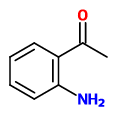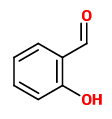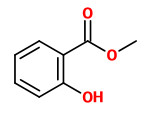Dies ist eine alte Version des Dokuments!
Castanopsis cuspidata (Thunb.) Schottky syn.Quercus cuspidata Thunb. - Fagaceae - ツブラジイ(円椎; Tsuburajī; japan.), Japanese chinquapin, Japanische Scheinkastanie
Evergreen tree, up to 30m high, native to Central and South Japan; leaves dark green, glossy, leathery, 4-10cm long; inflorescences unisexual simple catkins, lower catkins male ones, larger, female spikes in the axils of upper leaves (until spring hardly visible); flowers yellowish-green to creamy-white.
„The well-known and commercially important shiitake mushroom grows on the logs of C. cuspidata and derives its common name from this: shii-take simply means 'Castanopsis cuspidata mushroom'.“ wikipedia
„The flowers of Castanea and Castanopsis have similar characteristic odors…“ Main components of a flower extract (distillation-extraction) were salicylaldehyde, o-aminoacetophenone, methyl salicylate, linalool and nonanal.
[Yamaguchi, Kenji, and Takayuki Shibamoto. „Volatile constituents of Castanopsis flower.“ Journal of Agricultural and Food Chemistry 27.4 (1979): 847-850]
„o-Aminoacetophenone is responsible for the intense floral scent of the castanopsis flower.“
[Scent and Chemistry, Günther Ohloff, Wilhelm Pickenhagen, Philip Kraft, Wiley-VCH, 2012, 112]

Castanopsis cuspidata, Kyoto, Japan (2025) © 原咲子 CC BY-SA 4.0 inaturalist.org

Castanopsis cuspidata flowers (center: male; left: female) Hackfalls Arboretum, New Zealand (2017)
CC BY-SA 4.0 © Krzysztof Ziarnek Wikimedia Commons




